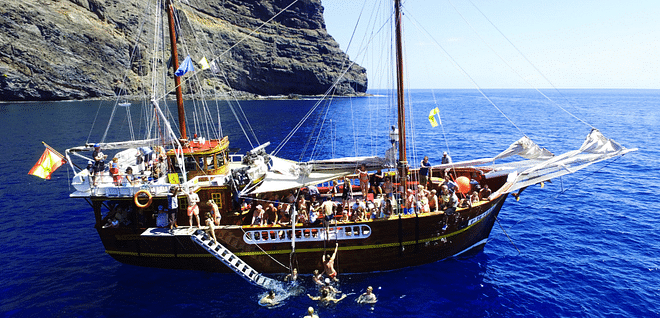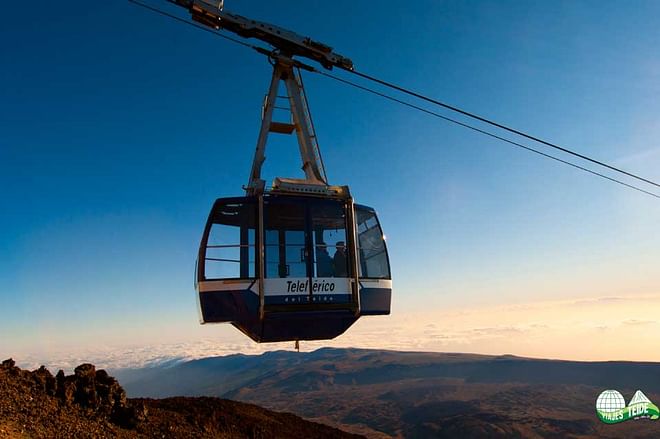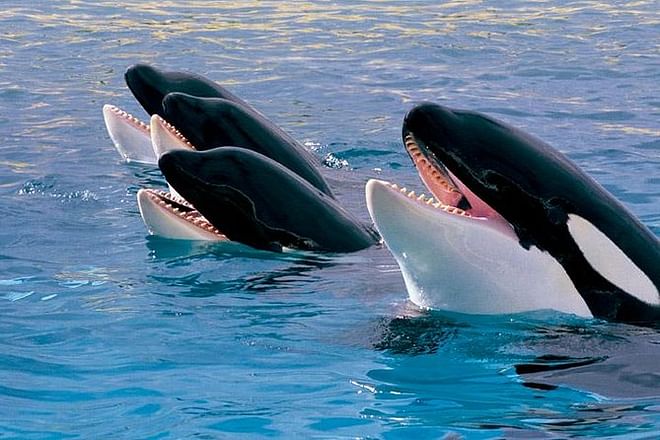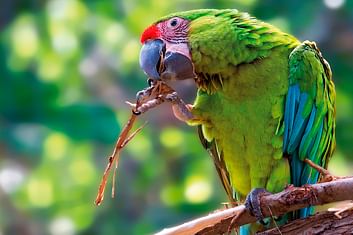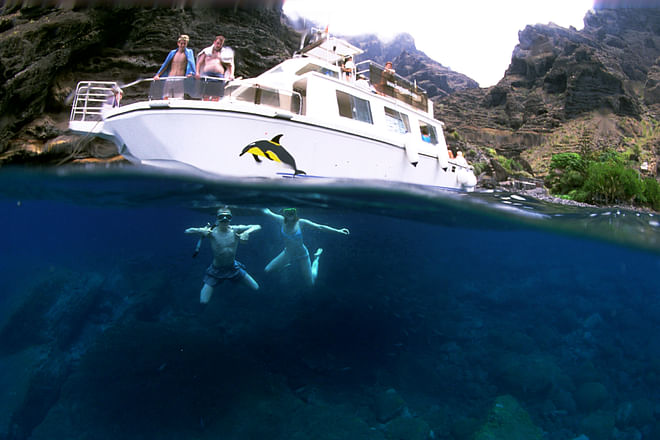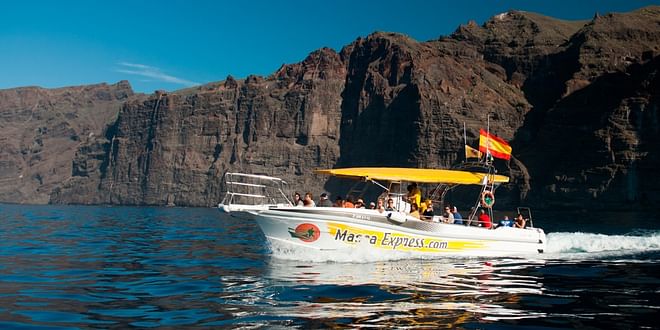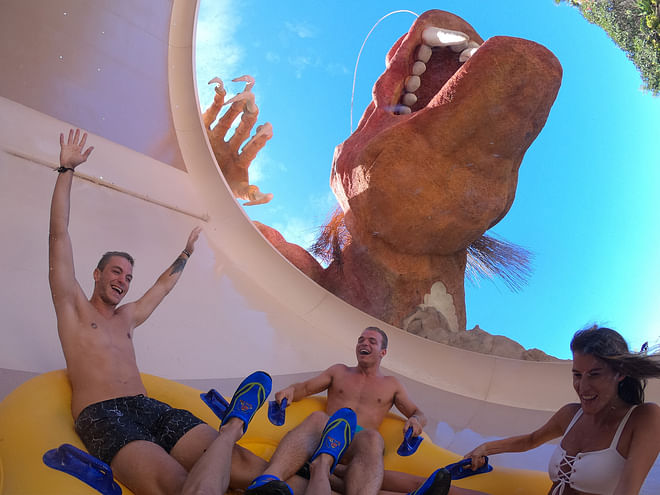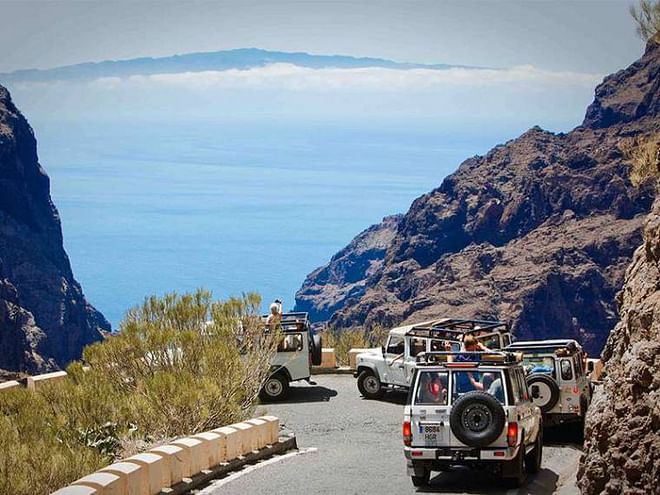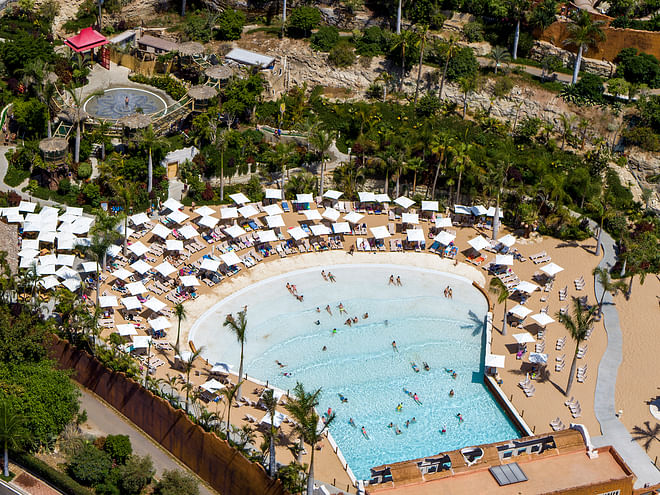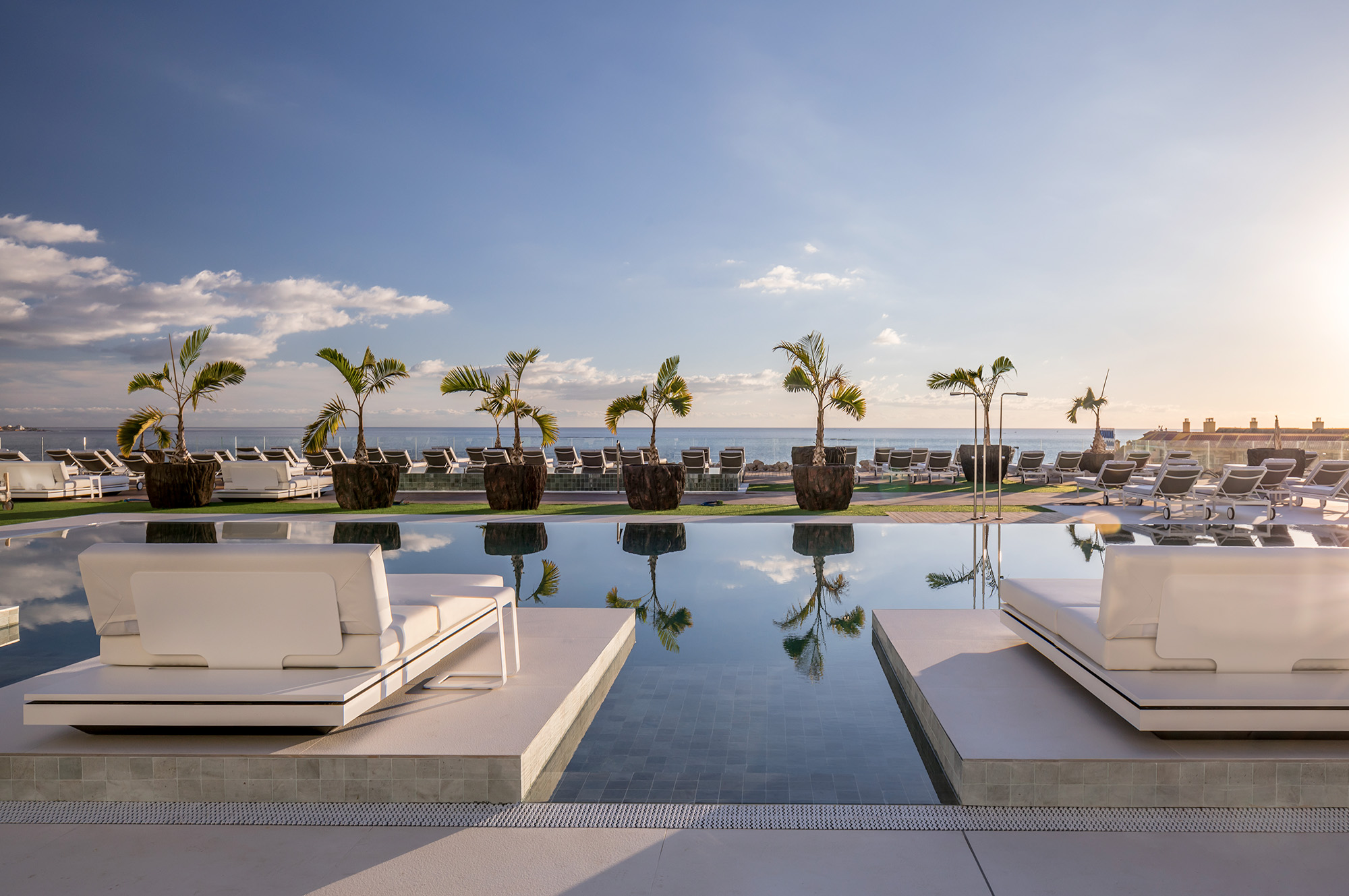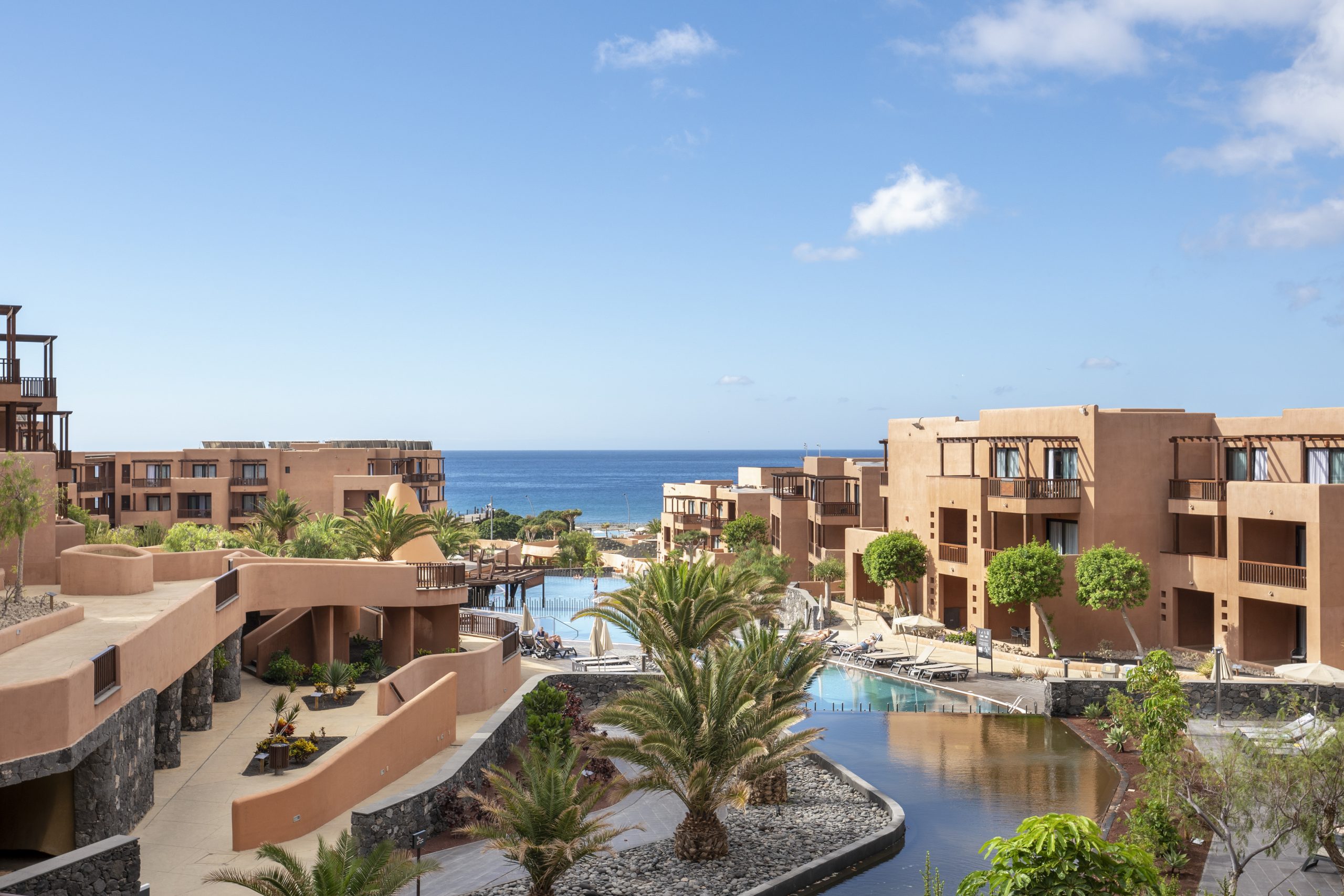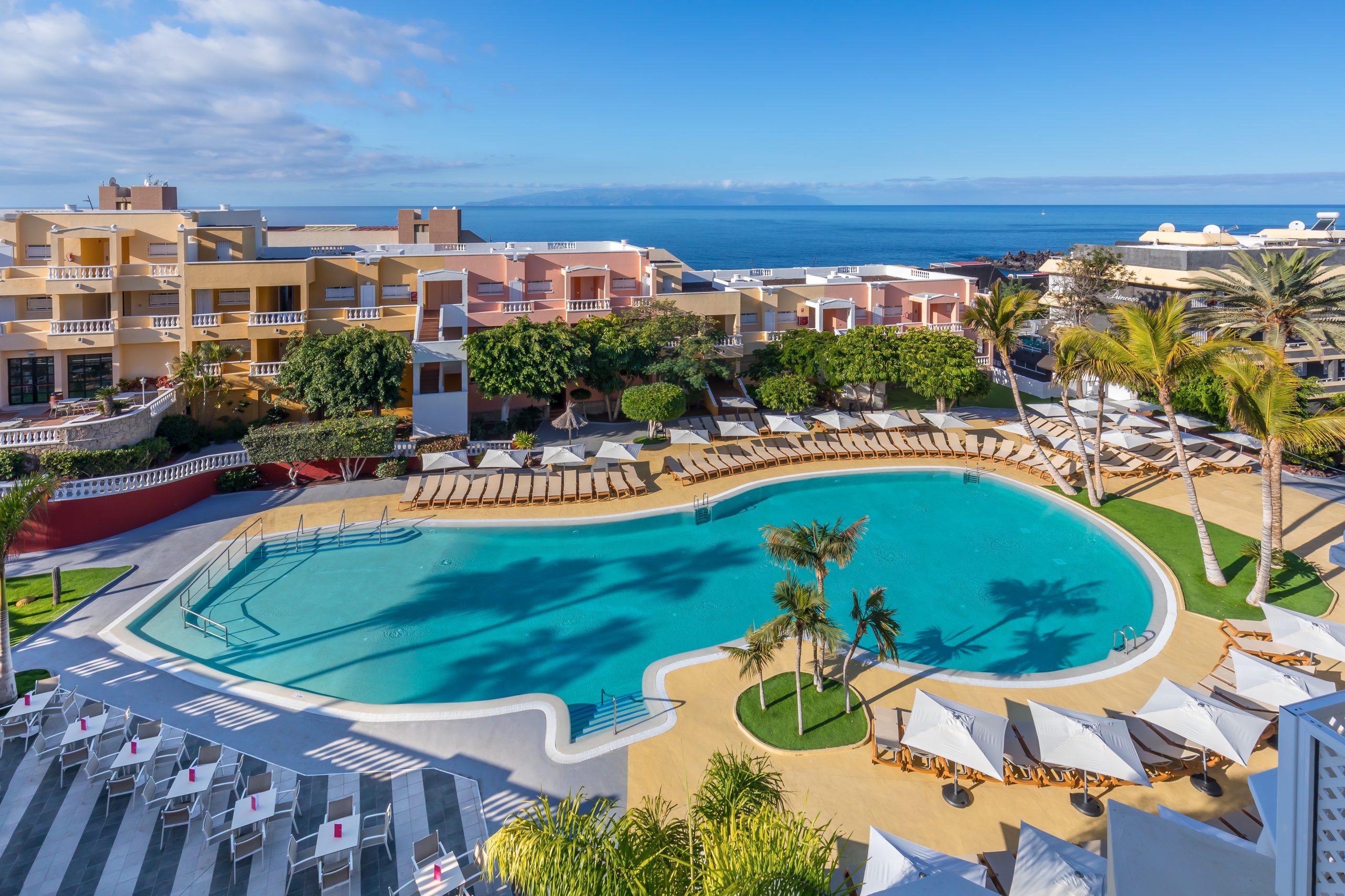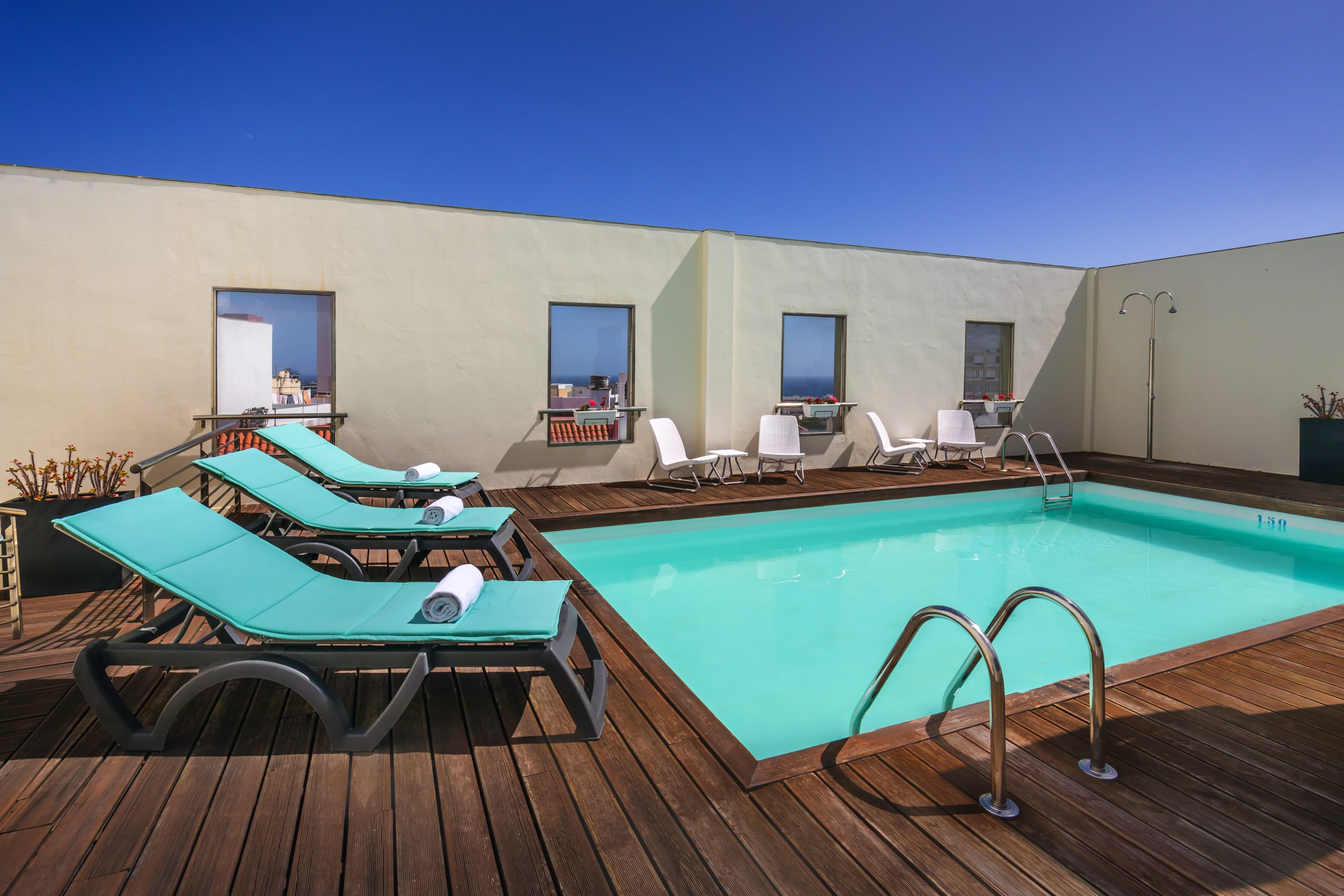It’s not a traditional museum and doesn’t aim to be one: the Museum of Science and the Cosmos was created with the philosophy of communicating science in a different way. It’s ready to use every means possible to reach the public and doesn’t hesitate to use interactive tools to achieve this worthy objective, incorporating multimedia features and experiments so that learning is as fun as possible.
One of the museum’s sources of inspiration is Frank Oppenheimer who created his first Science Center in 1969 based on similar principles. This famous physicist believed that what was really important were the questions that could be provoked in the public rather than the actual objects on display, because this developed people’s senses and creativity.
Work by the Museum of Science and the Cosmos also helps to disseminate scientific culture, spreading knowledge about science to complement both school and informal education.
Tenerife Museum of Science: an inspiring space
Although the philosophy described above makes it sound as though the centre is a recent creation, its history actually began in 1993. Back then it mainly focused on astronomy and, in fact, was run by the Canary Islands Institute of Astrophysics with collaboration from the Island Council of Tenerife. The opening ceremony was attended by Russian astronaut Sergei Krikalev, who had spent over 300 days on the Mir space station.
The building is located close to the Canary Islands Institute of Astrophysics in La Laguna and its design matches the ideas it aims to convey inside. It was built by architects Jordi Garcés and Enric Sòria with museographic consultation by Enric Franch. Its floor plan represents half a star with points and the terrace has been equipped with everything needed for use as an astronomical observatory.
Astronomy for all
The permanent exhibition is suitable for every type of visitor, including people with disabilities. Teaching modules include spaces that aim to explain the movements of revolution and rotation, the Sun’s magnetic fields and black holes.
The Astronomy room is a favourite amongst visitors and here you’ll see models of the Gran Telescopio Canarias telescope, as well as the Teide and Roque de los Muchachos observatories. This space also tries to explain that observation isn’t as easy and idyllic as it may at first appear—finding somewhere with no light pollution is essential—and it warns about the negative impact of atmospheric turbulence. Fortunately, the Canary Islands archipelago has some outstanding spots in Tenerife and La Palma for the observation of the Universe. Moreover, in order to protect the skies, the Sky Law has been in force since 1988.
Disseminating Science
Science, with a capital letter, has traditionally been practised privately by very select groups behind closed doors. This view of knowledge is changing and these days communication is as important as research, i.e., making society aware of discoveries and encouraging a vocation for science in children.
This new approach is part of the daily work at the Museum of Science and the Cosmos, as it aims to maintain a constant dialogue with the public that visits the centre. Talking about scientific progress, generating dialogue through talks and conferences, stargazing nights and other activities are all part of its standard events programme.
To live up to its name, in addition to astronomy it also welcomes subjects related to other sciences. This includes explaining the workings of everything from the human body to specific gadgets and complex objects such as a mobile phone. It pays particularly close attention to electricity, the electromagnetic spectrum, the Moon, meteorology, the International Space Station and icebergs. And if you’re visiting with the family, make sure you take a look at the Microcosmos children’s room.
The Planetarium
The Museum of Science and the Cosmos is home to a planetarium, one of the most practical and inspiring tools for studying astronomy. It is equipped with two systems that project images onto a 6.5-metre diameter dome. Get ready to be amazed by its 360 degree digital projection using Digistar 5, one of the most advanced types of equipment in the field. Check the online programme where you’ll find films for all ages and interests.
Exhibitions and activities at the Museum of Science and the Cosmos
In such an interactive and modern museum, it’s worth spending some time enjoying its temporary exhibitions where you’ll often find displays that combine elements from various disciplines (robots, biodiversity, archaeology, etc.).
It also runs an extensive programme of workshops and camps where children can have fun and learn in an environment that combines knowledge and play. If you’re visiting Tenerife during the school holidays, little ones will have the chance to join camps under the supervision of specialised monitors that last for longer periods of time. These activities for families are also available at other spaces run by Museums of Tenerife such as the Museum of Nature and Archaeology, and the Museum of History and Anthropology.
Learning should always be fun and that’s the type of teaching you’ll enjoy when you visit the Museum of Science and the Cosmos.




































































